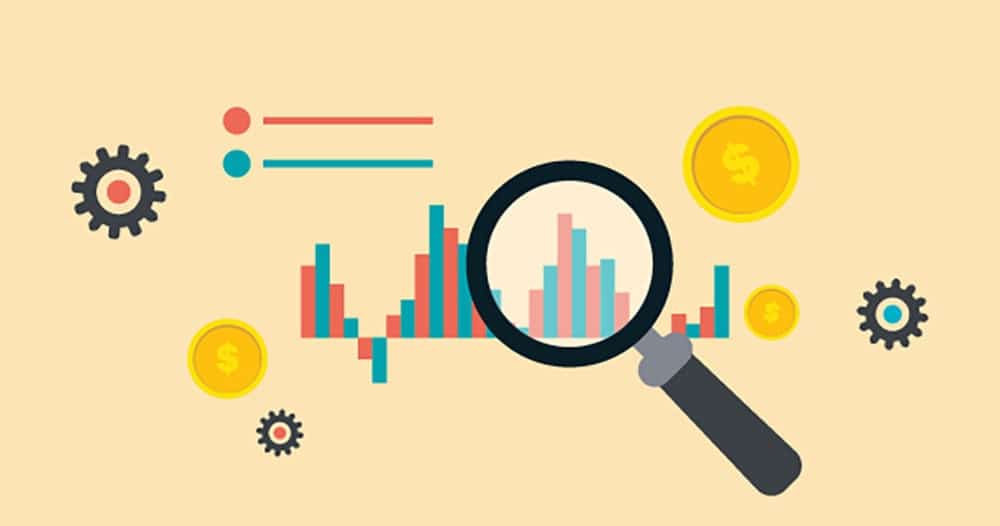
There are lots of reasons to do a critical analysis of the real estate market. The most likely scenario is that you are buying a home in an area. You want to get a good deal, so you look at which companies are selling their homes at too high of a price and which are selling at too low.
But that is just the most basic reason to look into real estate. You might also be looking to start a business; researching the cost of living in your area will give you an idea of how much startup capital you need, as well as what the budget of the people around you will be for sales to them.
Or you might looking to invest in real estate in some capacity. That is where things get really complicated, as there are all sorts of variables to account for depending on to what degree you want to invest, as well as why you want to invest.
So, let’s look at the different methods you can use to research real estate.
What Does it Mean to Research Real Estate Market?
Let’s start by establishing the purpose of researching real estate market. In most cases, from your complex investment strategies to your common home buying, people research real estate to find the value of the properties in their area. But does that really require research?
Yes, it does. Because one of the biggest misconceptions that pervades consumer culture is that price and value are the same thing. Real estate is oftentimes priced far higher than its value.
But even that accusation is a bit wrong in its conclusion. Real estate will often be overpriced because the owner of the property does not know what to do with it or how to do it. They know that there is a chance that any property become useful though, so they overcharge constantly.
Researching real estate is a matter of knowing the market, the environment, and the expectations of the people who occupy both of those.
Historical Analysis
This is the most intuitive method of understanding real estate lies in looking at how it has worked throughout time. Unlike most contexts, however, “history” means “sixty years ago” as readily as it means “sixty minutes ago”. In short, you are looking at price history of a property.
But that is not all.
You are also comparing that price history with the price history of other, similar properties in the area. In fact, you should combine these prices with a knowledge of historical events.
Imagine that you are looking over the price history of twenty different properties and you notice that they all dip dramatically at the same time twenty years ago. This can lead you to discover that there was a fire or natural disaster that damaged properties in that area twenty years ago.
Why is that important? Because just the threat of such a thing represents a liability.
Liability Analysis
Homes and properties and valuable assets, but they have a distinct disadvantage: They cannot be pulled from the ground like ore, nor can they be transported. They cannot be consumed like food, nor can they be easily traded like fiat currency. Property is property. There’s nothing like it.
That means if there is a risk involved in a property, you can expect that risk to be as unmoving as the property itself. For instance, if a property sits on a pit of quicksand that consumes any building that is built on it in just a few years. That represents a substantial risk to buildings.
This is the main thing you are looking for in historical analysis: If a fire or natural disaster can happen once, it can happen again. And that risk means that the real estate should be priced less. But liability analysis can be its own research pathway, as there are many liabilities.
Most liabilities are found in researching the construction of the buildings and infrastructure that already exist on the property. If pipes were poorly installed, or if the ground somehow makes internet cable hard to lay, those are extremely common liabilities worth bringing up.
Amenity Analysis
Whereas historical and liability analysis generally relate to any property, amenity analysis is mostly applied to living spaces. It can also be applied to office spaces though, as amenity analysis is focused on finding value in the area around a property rather than on it.
This might sound like a form of analysis for talking the price of a property up instead of down. And indeed, that is usually how it goes. Amenities can include proximity to public transportation, access to luxuries like pools and restaurants, and anything else that is positive to have around.
But remember that amenity analysis can also focus on the negatives of a living space. For instance, if a property exists on a street neglected by the city. If a road is cracked and weeds grow through the asphalt, then you have reason to believe that lack of care will spread.
Crime plays a part in this as well—do residents have to worry about being mugged? Do people on their way to work have to expect to be panhandled or followed by the homeless? Are there drugs being pushed near places where children are expected to walk?
In short, amenity analysis can be positive and negative, and it concerns the livability of a space.

Conclusion
Real estate market analysis can teach you a lot. Not just about what the price for a property really is, but about the situation that property exists in. Look at what prices were like historically, consider how that indicates liabilities, and factor in the amenities located near a property, good and bad.
Then, you are on your way to truly understanding the value of a property. Again, not the price. People will feed you numbers about a price all day. But the value: How much that property is worth, and the risks involved in owning it. We talk all about this on our podcast: https://www.teifkerealestate.com/the-real-estate-podcast/








